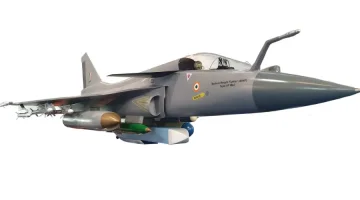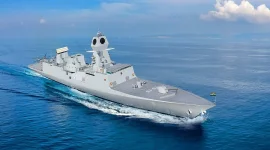- Views: 942
- Replies: 17

India's domestically developed Zorawar light tank is turning heads with its unique design philosophy. According to a Japanese defence analyst, the 25-ton Zorawar breaks away from the trend of compact and low-profile Main Battle Tanks (MBTs), prioritizing internal space and battlefield versatility.
Compared to the Indian Army's T-90S MBT, which weighs in at 46.5 tons, the Zorawar exhibits some intriguing dimensional differences:
- Length: The Zorawar is roughly 20 cm longer than the T-90S, even when excluding the barrel.
- Width: The Zorawar is noticeably narrower, by 50 to 60 cm, potentially enhancing its maneuverability in confined spaces.
- Height: Standing about 40 cm taller than the T-90S, the Zorawar presents a higher profile, which could impact its visibility on the battlefield.
The Zorawar, however, appears to prioritize internal space, a characteristic more commonly associated with Infantry Fighting Vehicles (IFVs). This design choice suggests a focus on accommodating more equipment and potentially even carrying additional troops, enhancing its versatility.
The Zorawar's lightweight design and dimensional characteristics are tailored for specific battlefield roles, including high-altitude operations and rapid deployment. Its 105mm gun provides substantial firepower, comparable to other light tanks, allowing it to engage a variety of threats while maintaining strategic mobility.
By blending features of IFVs and MBTs, the Zorawar represents a novel approach to light tank design. Its higher profile and larger internal volume reflect a shift towards accommodating diverse operational scenarios, particularly in regions where traditional MBTs may face mobility and logistical challenges.
This design philosophy positions the Zorawar as a versatile platform, complementing the Indian Army's existing armoured fleet and providing a valuable asset for a wider range of operational environments.


